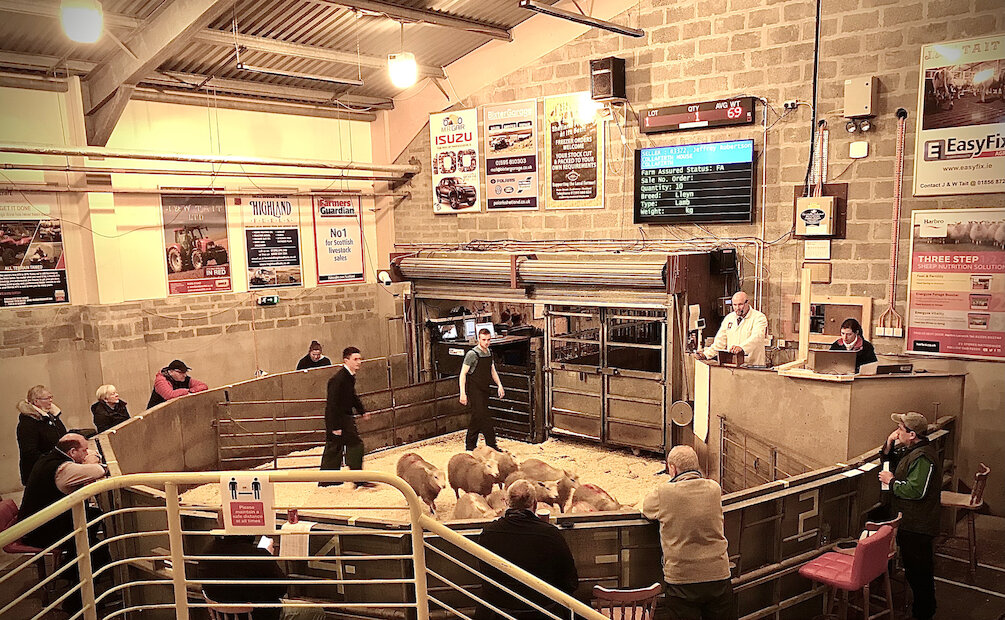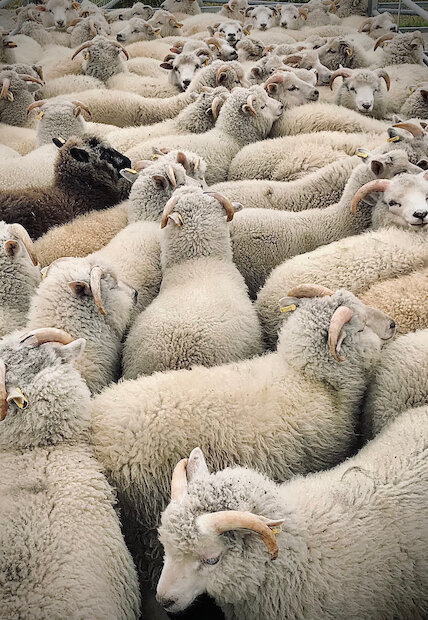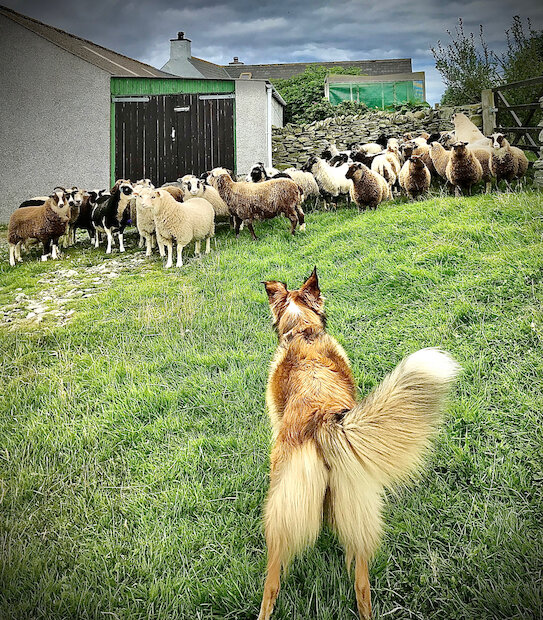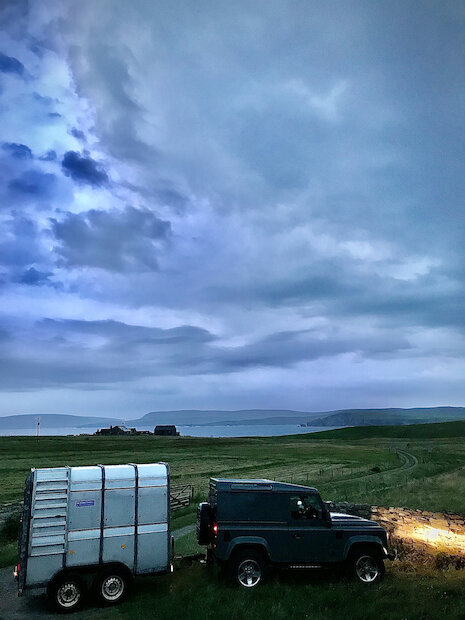As October begins, the shifting seasons in Shetland have announced their ebb and flow through shorter days, periodic strengthening of Atlantic winds and the playful cartwheeling of fallen leaves as nature begins to prepare for an exhilarating challenge over the months ahead. The silent sentinel of the mid-Victorian Bressay lighthouse, standing upon its millennia-old sandstone natural arch adjacent to Garths Croft, once again prepares to receive a variety of weather-related trials whilst marking the southern approaches to Lerwick harbour. Tempting though it may be to draw the curtains, light the fire and reflect on long summer days, for crofters and farmers throughout Shetland this is an important time of year when sheep are bought, sold and transported, quite literally, to pastures new.
And yet it seems such a short space of time since the beginning of the journey in the second half of April, as welcome green shoots began to surface in fields, hill and coastal edge and the first lambs tentatively appeared. Dodging an errant northerly sleet shower here and a deluge there, they grew in number until by mid-May, large groups would mass as gangs to charge at lightning speed in evening sunshine, the concerned and admonishing bleats of ewes in their wake. Through the summer months of shearing and welfare checks, as the lambs’ diet evolves from milk to devouring lush grass, the bond between mother and offspring is inseparable. It is therefore not without emotion that the two are destined to part, allowing the ewe a welcome break to graze unimpeded and gain condition before the ram is introduced and the cycle begins again!



